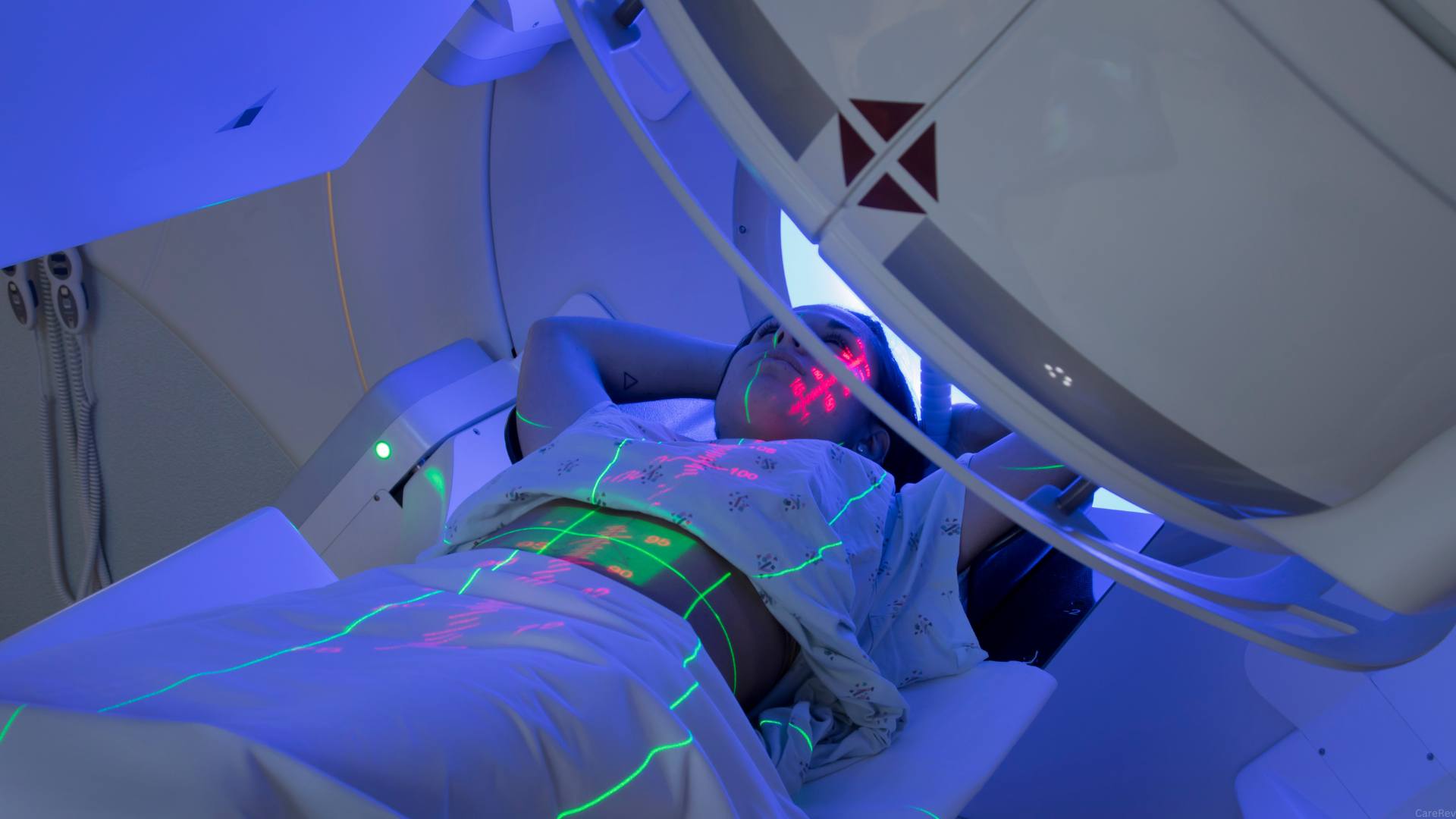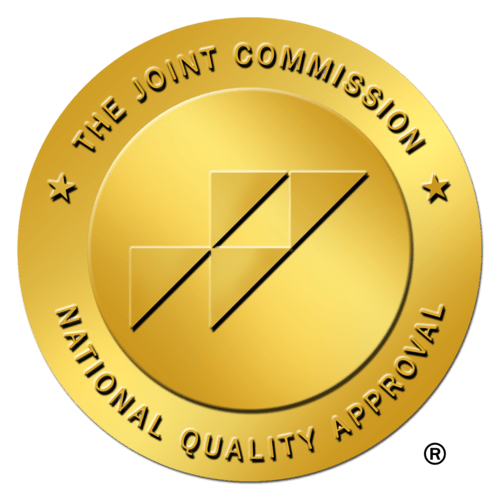
Cardiovascular operating rooms are where seconds matter and teamwork is everything. If you’re considering the CVOR path, you’re targeting one of nursing’s most demanding—and rewarding—specialties. This guide distills what you actually need to know: how to qualify, which certifications carry real weight, what the job looks like minute-to-minute, and how to navigate compensation and career progression without the fluff.
What a CVOR nurse actually does
A CVOR (cardiovascular operating room) nurse is a registered nurse who supports open-heart and major vascular procedures across the perioperative continuum: pre-op assessment, intra-op (scrub and/or circulate), and post-op handoff.
You’ll enforce sterile technique, anticipate surgeon needs, manage instruments and supplies, monitor the patient’s status, and coordinate with anesthesia, perfusion, and the rest of the surgical team to maintain safety and flow.
Unlike some blog claims, most facilities do not expect CVOR nurses to run the cardiopulmonary bypass machine (that’s the perfusionist’s role) though you will collaborate closely and monitor.
Common cases include CABG, valve repair/replacement, aortic work, VAD implantation, and transplant. Expect long cases, high acuity, and a culture of rigorous checklists and closed-loop communication.
CVOR education and licensure: the non-negotiables
- Become an RN. Earn an ADN or BSN from an accredited program and pass the NCLEX-RN. Many CVOR postings prefer or require a BSN given the complexity of the setting.
- Get licensed in your state. Requirements vary by state boards; multi-state licensure may help if you plan to travel.
Realistically, new grads do break into the OR with robust hospital residencies; however, many heart programs still prioritize candidates with ICU/step-down exposure or previous periop experience. If you’re an ADN-prepared RN, be aware some centers tie advancement to completing the BSN.
Certifications that matter (and why)
There’s noise out there. Focus on credentials that employers in heart ORs actually respect:
- BLS (required), ACLS (strongly preferred), PALS (peds programs). These are table stakes for a cardiac OR.
- CNOR® (Certified Perioperative Nurse) from the Competency & Credentialing Institute. This is the gold standard for perioperative RNs—including CVOR nurses. Eligibility requires ≥2 years and 2,400 hours periop experience with ≥1,200 intra-op hours; the credential is accredited and recognized widely.
- ANCC Cardiac-Vascular Nursing (CV-BC™). Broader cardiovascular expertise credential (not OR-specific) that pairs well with CVOR practice. Eligibility: active RN, 2 years full-time RN, 2,000 hours cardiac-vascular practice in last 3 years, and 30 CE hours in the last 3 years.
Bottom line: If you’re choosing one specialty credential to signal OR competency, get CNOR. Adding CV-BC later validates your broader cardiac knowledge, especially if you cross-cover cardiac step-down or CTICU.
Core skills: clinical, technical, and behavioral
Clinical & technical
- Master sterile technique, instrument identification, and hemodynamic awareness.
- Anticipate steps for CABG/valve/aortic procedures and know your hemostatic agents, graft types, and suture materials.
- Coordinate seamlessly with anesthesia and perfusion during induction, cannulation/decannulation, and weaning from bypass.
Behavioral
- Unshakable attention to detail, calm under pressure, and precise communication (closed-loop).
- Situational awareness (reading the room and the field) to preempt errors and delays.
AORN’s standards reinforce these competencies as the baseline for safe perioperative practice.
The day-to-day: what a shift feels like
Expect early starts. You’ll review cases, check implants and consents, verify blood availability, and complete pre-op assessments. Intra-op, a circulator coordinates the room and documents; a scrub nurse assists directly at the field.
Many CVOR nurses rotate between both roles depending on staffing and surgeon preference. Post-op, you’ll ensure counts are correct, specimens labeled, and hand off to CTICU/PACU with a concise, structured report. Large academic centers and magnet hospitals often formalize these workflows; smaller programs may lean on you to create that structure.
How to break in (without wasting time)
- Choose the setting that trains. Target hospitals with formal perioperative nurse residencies or CV service lines that onboard novice OR nurses.
- Build cardiac readiness if you’re not in the OR yet. Time in CVICU/step-down (arrhythmias, vasoactives, devices) translates well to CVOR.
- Get your life support stack early (BLS/ACLS). Prepare for CNOR once you meet the hours.
- Study surgeon preferences. A well-kept preference card and anticipating three steps ahead is half the job. (This is where strong preceptorships matter.)
- Learn the evidence, not just the rituals. Use AORN’s current guideline updates (e.g., 2025 revisions and ERAS guideline) to anchor practice.
Compensation, schedules, and job outlook—without hype
Let’s be precise: there’s no BLS category called “CVOR nurse.” Pay data you see online often blends OR RN and cardiac-focused roles, plus estimates from job boards. Two reputable nursing career sources bracket expectations like this:
- RegisteredNursing.org summarizes $128,000–$205,000, with a median around $152,404—figures often derived from job-market aggregators.
- NursingEducation.org aligns expected earnings with the BLS RN mean (~$94,480), noting location and setting drive variance (West Coast pays more; outpatient centers often pay well).
Schedules are usually 4×10s or 5×8s with call for emergencies; long cases and off-hours add differentials or overtime. Demand remains high due to the prevalence of cardiovascular disease and steady surgical volumes; large heart programs and teaching hospitals offer the most consistent opportunities.
Sanity check: When evaluating offers, compare base rate + differentials + call pay + case mix (e.g., high VAD/aortic volume) rather than fixate on a single salary number you saw online.
Travel CVOR nursing: who’s competitive and why
Travel CVOR roles pay well because they solve immediate staffing gaps in high-acuity programs. Typical requirements: 1–3 years of recent CVOR experience, active RN license in assignment state (or compact), and current BLS/ACLS; CNOR significantly strengthens your profile. Expect fast onboards and variable protocols—adaptability is non-negotiable.
Reputable agencies with CVOR pipelines can open doors at marquee cardiac centers, but scrutinize contracts: guaranteed hours, call expectations, floating between service lines, and housing stipend details.
Advancement paths (and how to pick one)
- Expert clinician (senior CVOR RN, preceptor, first assist pathways where offered).
- Leadership/management (charge, service line coordinator, OR manager)—CSSM® becomes relevant here.
- Education/quality (periop educator, PI coordinator) aligned with AORN competencies.
- Depth credentials:
Strategically, CNOR first; then add CV-BC or a CNOR specialty designation as your case mix deepens.
How to prepare smarter than your competition
- Study the blueprint. CNOR eligibility and exam content are public; use them to structure your learning and track intra-op hours.
- Drill team communication. Practice closed-loop calls, critical language (“I need a time out”), and escalation triggers. AORN’s guidelines are your reference standard.
- Own your instrument trays. Build quick-reference cards for common CV sets (sternotomy pack, valve set, proximal/distal anastomosis tools) and hemostatics by surgeon. (Hiring managers notice this.)
- Request purposeful cases. If you’re light on valves or aortic work, ask for those assignments to round out your log before you sit for CNOR.
- Audit preference cards. Clean, current cards reduce near-misses and save time. That’s a leadership behavior even if you don’t have the title.
Realistic pros and cons
Upside
- Tangible impact in life-saving procedures; tight-knit team culture.
- Strong employability across tertiary/academic centers; travel premium if you want it.
- Defined pathways to signal mastery (CNOR; cardiac designation).
Downside
- Physically and mentally demanding; long cases and on-call disrupt routines.
- Emotional load with high-stakes outcomes.
- Variable protocols across hospitals—requires rapid adaptation, especially as a traveler.
Sample job requirements (what postings actually ask for)
Recent CVOR RN listings at major systems typically specify: active RN license, BSN preferred, 1–2+ years CVOR or OR experience, BLS/ACLS, and CNOR preferred, plus comfort in adult cardiac/thoracic cases and participation in call rotation.
A pragmatic roadmap (12–24 months)
- Months 0–6: BLS/ACLS, secure periop residency or CV step-down/ICU if OR access is limited.
- Months 6–12: Solidify scrub/circulate skills; build case logs (CABG/valves); start structured CNOR study.
- Months 12–18: Sit for CNOR when eligible; ask for higher-complexity cases (aortic/VAD) and preceptorship opportunities.
- Months 18–24: Consider CNOR-CARD designation or map toward CV-BC (if your practice includes significant non-OR cardiovascular care).
Final words on CVOR nursing
CVOR nursing rewards precision, stamina, and discipline. If you’re serious, anchor your practice to AORN standards, pursue CNOR as soon as you meet the hours, and curate your case mix so your skills are defensible anywhere. The work is hard. The stakes are high. But if you thrive under pressure and believe in surgical teamwork as a craft, this arena will make you the sharpest version of the RN you set out to become.





